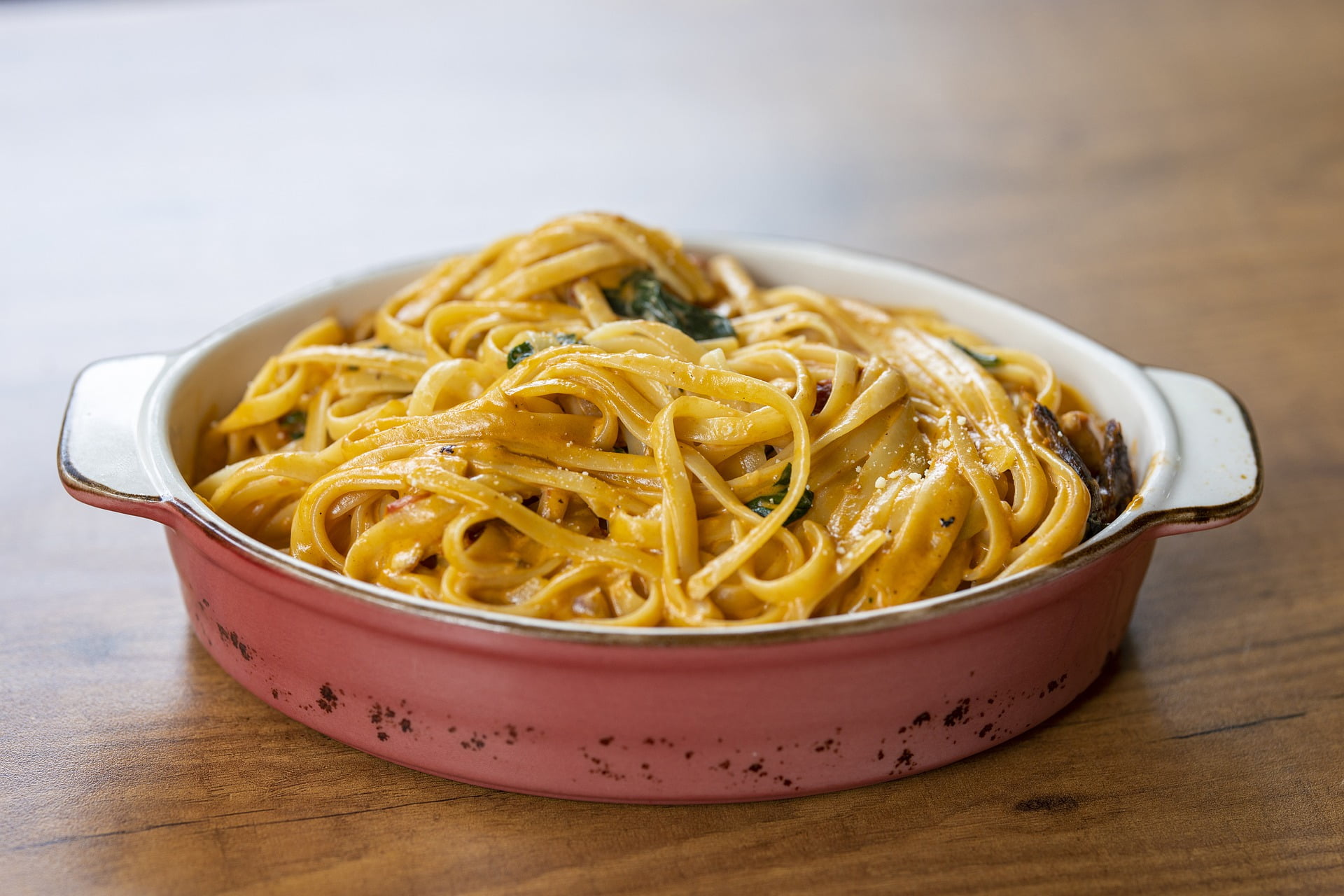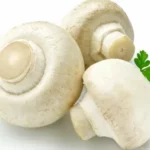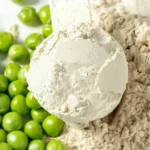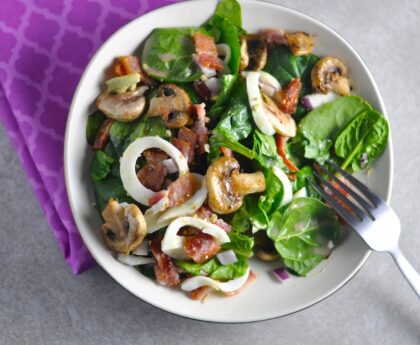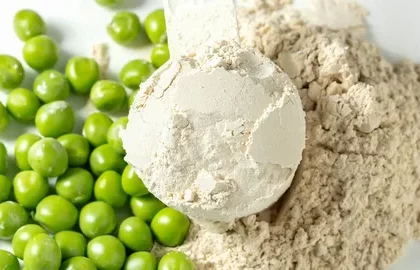Introduction
For those with gluten sensitivities or celiac disease, enjoying pasta and noodles can be challenging. However, with the growing demand for gluten-free alternatives, there’s a wide variety of options available on the market. In this comprehensive guide, we’ll explore the six best types of gluten-free pasta and noodles, along with their unique features, cooking methods, and nutritional benefits. Additionally, we’ll address common questions and concerns regarding gluten-free pasta, providing you with all the information you need to make delicious and satisfying gluten-free meals.
Understanding Gluten-Free Pasta and Noodles Gluten-free pasta and noodles are made from alternative flours and ingredients that do not contain gluten, a protein found in wheat, barley, and rye. These alternatives provide a safe and delicious option for individuals following a gluten-free diet due to celiac disease, gluten sensitivity, or personal preference. Gluten-free pasta comes in various shapes and sizes, mimicking traditional pasta, and can be made from grains such as rice, corn, quinoa, chickpeas, and more.
The 6 Best Types of Gluten-Free Pasta and Noodles
Rice Pasta
Made from rice flour, rice pasta has a neutral flavor and a texture similar to traditional wheat pasta. It is available in various shapes, including spaghetti, penne, and fusilli, making it versatile for different dishes.
Cooking Tip: Cook rice pasta according to package instructions, usually boiling it in salted water until al dente.
Corn Pasta
Corn pasta, also known as corn noodles, is made from corn flour or a combination of corn and rice flours. It has a slightly sweet flavor and a firm texture, making it suitable for hearty sauces and soups.
Cooking Tip: Corn pasta can become sticky if overcooked, so be sure to follow the cooking instructions carefully.
Quinoa Pasta
Quinoa pasta is made from quinoa flour, a nutritious gluten-free grain known for its high protein content. It has a nutty flavor and a slightly chewy texture, making it an excellent choice for salads and stir-fries.
Cooking Tip: Quinoa pasta tends to cook faster than wheat pasta, so keep an eye on it to avoid overcooking.
Chickpea Pasta
Chickpea pasta is made from chickpea flour, also known as gram flour or besan. It is rich in protein and fiber, making it a nutritious option for those looking to boost their protein intake.
Cooking Tip: Chickpea pasta has a firmer texture than traditional pasta, so it may require slightly longer cooking time.
Lentil Pasta
Lentil pasta is made from lentil flour and offers a hearty texture and earthy flavor. It is high in protein, fiber, and essential nutrients, making it a satisfying choice for pasta dishes.
Cooking Tip: Lentil pasta can become mushy if overcooked, so test for doneness frequently while cooking.
Buckwheat Noodles
Buckwheat noodles, also known as soba noodles, are made from buckwheat flour and have a distinct nutty flavor. They are commonly used in Asian cuisine and can be served hot or cold in soups, stir-fries, or salads.
Cooking Tip
Cook buckwheat noodles in boiling water for a few minutes until tender, then rinse them under cold water to prevent sticking.
Nutritional Benefits of Gluten-Free Pasta and Noodles Gluten-free pasta and noodles offer various nutritional benefits, depending on the ingredients used. They are often rich in vitamins, minerals, fiber, and protein, making them a nutritious alternative to traditional wheat pasta. Additionally, gluten-free pasta may be easier to digest for some individuals with gluten sensitivities or digestive issues.
FAQs About Gluten-Free Pasta and Noodles
Are gluten-free pasta and noodles suitable for individuals with celiac disease?
Yes, gluten-free pasta and noodles are safe for individuals with celiac disease or gluten intolerance, as long as they are certified gluten-free and made from ingredients that do not contain gluten.
Do gluten-free pasta and noodles taste different from traditional pasta?
The taste and texture of gluten-free pasta and noodles may vary depending on the ingredients used. While some varieties closely mimic traditional pasta, others may have a slightly different flavor or texture.
Can I use gluten-free pasta in place of traditional pasta in recipes?
Yes, you can substitute gluten-free pasta for traditional pasta in most recipes. However, be mindful of cooking times and adjust accordingly, as gluten-free pasta may cook faster or require longer cooking times.
Are gluten-free pasta and noodles lower in carbohydrates than traditional pasta?
Gluten-free pasta and noodles may or may not be lower in carbohydrates than traditional pasta, depending on the ingredients used. Some varieties, such as chickpea pasta or lentil pasta, may be higher in protein and fiber but still contain a similar amount of carbohydrates.
How should I store gluten-free pasta and noodles?
Store gluten-free pasta and noodles in a cool, dry place, away from moisture and direct sunlight. Once opened, reseal the package tightly or transfer the pasta to an airtight container to maintain freshness.
Can I make my own gluten-free pasta at home?
Yes, you can make homemade gluten-free pasta using alternative flours such as rice flour, chickpea flour, or almond flour. There are many recipes available online for homemade gluten-free pasta dough.
Conclusion
With the wide variety of gluten-free pasta and noodles available today, individuals following a gluten-free diet can enjoy delicious and satisfying pasta dishes without compromising taste or texture. Whether you prefer rice pasta, quinoa pasta, or chickpea pasta, there’s a gluten-free option to suit every palate and dietary need. By incorporating these versatile and nutritious alternatives into your meals, you can continue to enjoy the comforting flavors of pasta while staying true to your gluten-free lifestyle.
- The Emotional Cost Of Ghosting And How To Heal From The Trauma - May 31, 2025
- Lip Filler Consultation Tips: What To Expect In The UK - May 30, 2025
- How To Support A Partner Who Is Demigender In A Relationship - May 30, 2025

